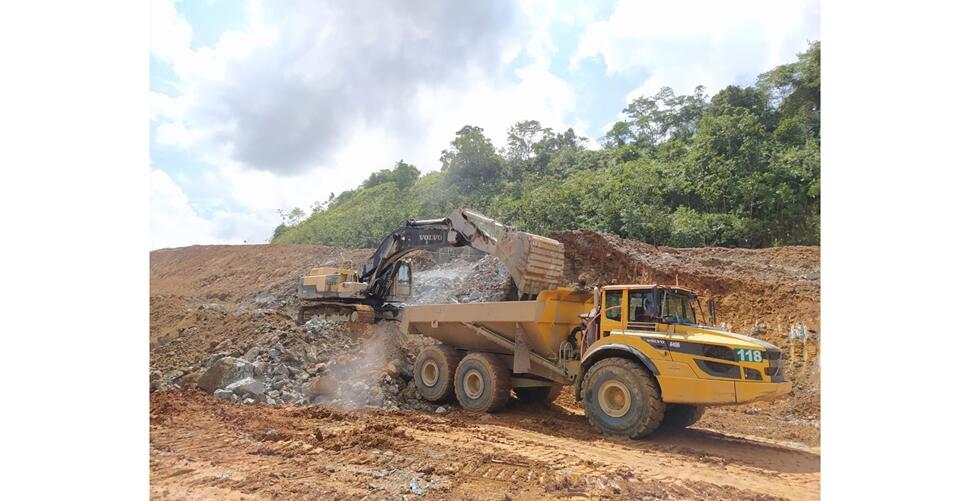Automation push in Indonesia’s mining industry

Following revolutions in steam power, electricity, and digital technology, we are now experiencing a fourth industrial revolution that blurs the lines between the physical and digital spheres.
In this new industrial era, goods and equipment use sensors, software, and automated processes to communicate their location and status to each other via a network, known as “the internet of things” (IoT).

The enhanced level of automation holds enormous potential to increase Indonesia’s productivity, accelerate GDP growth, generate higher incomes for workers, and boost competitiveness in global and ASEAN markets.
Naturally, there are concerns about job losses as automation technologies replace work currently undertaken by humans. However, as previous industrial revolutions have shown, as the nature of the work changes, new jobs are created and different skills and education levels are required, typically leading to higher wages.
To take advantage of these benefits, the Indonesian government, under President Joko “Jokowi” Widodo, has developed an integrated roadmap for transforming the country into an Industry 4.0 economy. The strategy includes the launch of numerous initiatives to build skills and increase the speed of adoption by companies.
Early adopter
One early adopter in the Indonesian mining industry is gold exploration and mining company Indo Muro Kencana (IMK), based in Central Kalimantan. In November 2021, IMK connected the country’s largest ever fleet of machines to ActiveCare, the remote monitoring and proactive maintenance service from Volvo Construction Equipment.
IMK’s 52 articulated haulers and seven crawler excavators are fitted with sensors that convey real-time information relating to their production, fuel consumption, health, and even operator skill to a portal in the cloud.
Some data points, such as location, speed, and load, are also communicated from machine to machine (M2M) to help the operators complete work safely and efficiently.
Knowledge is power
The dashboards and reports then enable the plant and site manager to identify areas for productivity and efficiency improvements, implement adjustments, and set new targets for further progress.
This could involve tweaking the number and capacity of machines on site to reduce idling time, finding more direct driving routes, or introducing training for certain operators.
Nine months on, the data has helped IMK increase productivity across its three sites by approximately a third, while reducing fuel consumption for the benefit of the environment and the company’s bottom line.

An ActiveCare enabled Volvo crawler excavator and articulated hauler working safely, productively, and efficiently at one of IMK's gold mines in Central Kalimantan, Indonesia.
Prioritizing interventions
Another major benefit of connecting the fleet has been the positive impact on the convenience, effectiveness, and cost of managing machine servicing and repairs.
With ActiveCare, an artificial intelligence (AI) tool monitors all error codes and alarms transmitted from the machines to the cloud. The algorithm sorts through the data, prioritizing the alerts according to urgency and severity and attributing probable causes.
This saves a huge amount of time and effort for the plant manager and helps them to determine whether immediate intervention is required for an issue or if the service technicians can wait until the next scheduled downtime. The engineers can also remedy small issues before they have the chance to develop into more serious and expensive problems, and always be ready with the right tools and parts.
Overall, the system has given IMK unprecedented insight into equipment availability. This information is key to productivity and profitability in a mining environment where machines are expected to operate almost 24 hours a day and any time lost is a loss in earning potential. With ActiveCare, IMK can now optimize its machine availability and ultimately boost overall profitability of its facility.
Now IMK has seen the benefits, we hope that other companies across Southeast Asia will join them in connecting their construction equipment in the fourth industrial revolution.